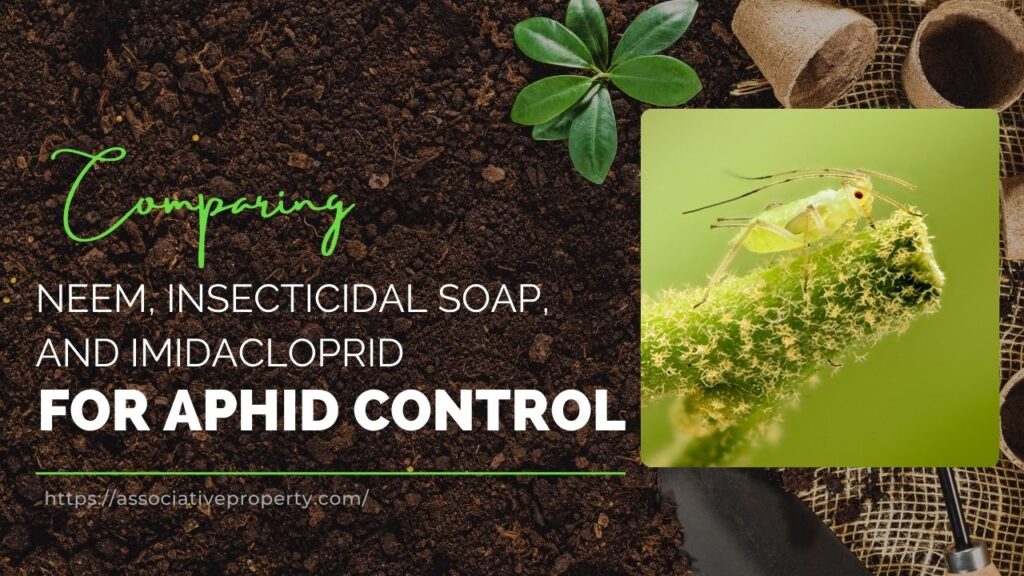Asparagus is a tasty vegetable, and it’s also one of the easiest perennials to grow. Once you plant it the right way, it can keep giving you fresh asparagus every spring for the next 15 to 20 years. In this post, I’ll walk you through how I grow asparagus step by step.
Let me tell you, the process might seem long, but once it’s set up, it’s mostly hands-off. Here’s how I do it.
Why I Chose Asparagus
Asparagus is a hardy vegetable. It grows every year without much effort once it’s established. I like that I don’t have to keep planting it. Every spring, it just comes back. That’s the beauty of growing a perennial vegetable.
When I Plant Asparagus
I usually plant asparagus in early spring, around the time the soil starts to warm up. You can also plant it in the fall, but spring is better for new gardens.
My Planting Months
| Location | Planting Time |
|---|---|
| Cold climates | Late March to April |
| Warm climates | February to March |
I live in a region where spring planting works best, so I go for it as soon as the frost danger is gone.
Choosing the Right Spot
Asparagus loves sunlight. I always choose a spot that gets full sun for at least 6 to 8 hours a day. If you plant it in shade, it won’t grow as thick or strong.
What I look for:
- Full sun
- Well-draining soil
- Space to grow (it stays in one spot for years)
Preparing the Soil
Asparagus needs rich and loose soil. I dig deep—about 12 to 15 inches. This allows the roots to go down easily.
Here’s how I prepare my bed:
- I clear the area of weeds.
- I dig a trench about 12 inches deep and 12 inches wide.
- I mix compost or well-rotted manure into the soil.
Good compost is very important. I add it to make the soil rich. That’s what helps the plant grow healthy and give more spears.
Planting Asparagus Crowns
Instead of seeds, I use asparagus crowns. These are one-year-old roots. They are quicker and easier to grow than seeds.
Steps I follow:
- I make a small mound of soil at the bottom of the trench.
- I spread the roots of the crown over the mound.
- I space them about 12 to 18 inches apart.
- I cover them with 2 inches of soil first.
- As the plants grow, I keep adding more soil until the trench is full.
This method works well and keeps the crowns from rotting.
Watering the Plants
I water the asparagus bed regularly, especially in the first year. The goal is to keep the soil moist but not soggy.
Once the plants are established, they don’t need as much water. But during dry spells, I make sure to give them a good soak.
Mulching the Bed
I always mulch my asparagus bed. It helps keep moisture in and weeds out.
My mulch options:
- Straw
- Grass clippings
- Leaves
I lay a thick layer over the bed. This saves me time and keeps the plants healthy.
Fertilizing the Plants
Every spring, before new growth appears, I add organic compost or fertilizer to the bed. It helps the plants get a strong start.
I also add a little more after I finish harvesting. This gives them strength to grow next year.
Harvesting Asparagus
I don’t harvest asparagus in the first year. The roots need time to grow strong.
In the second year, I harvest for about 2 to 3 weeks. After that, I let the ferns grow.
From the third year onward, I harvest for 6 to 8 weeks each spring.
How I harvest:
- I cut the spears when they are 6 to 8 inches tall.
- I use a sharp knife or snap them at the base.
Freshly cut asparagus tastes amazing. And the more you pick, the more it grows.
After the Harvest
Once harvesting is done, I let the ferns grow. These ferns feed the roots for the next season. I don’t cut them back until they turn brown in the fall.
Fall Care:
- I cut down the dry ferns.
- I clean the bed.
- I add compost or mulch before winter.
This keeps the bed ready for the next spring.
Common Problems I Watch Out For
Asparagus doesn’t get many pests, but I stay alert for:
- Asparagus beetles
- Rust disease
If I see beetles, I handpick them. For rust, I remove any infected parts and make sure plants get airflow.
Why I Think Everyone Should Grow Asparagus
It takes some work in the beginning, but asparagus is worth it. Once it starts growing, it keeps giving you food every year with very little effort.
It’s:
- Healthy
- Tasty
- Easy to grow
- A long-term garden friend
If you have space and sunlight, give it a try. You won’t regret it.
FAQs About Growing Asparagus
What are the health benefits of asparagus?
Asparagus is good for health in many ways. It’s full of vitamins like A, C, E, and K. It also has fiber, folate, and antioxidants. I like eating it because it helps digestion, supports heart health, and even gives me energy without adding many calories.
What types of asparagus can I grow?
There are three main kinds I’ve seen:
- Green asparagus – This is the most common one. I grow this in my garden.
- Purple asparagus – Sweeter and has a bright color, but it turns green when cooked.
- White asparagus – Grown without sunlight so it stays pale. It’s more popular in Europe.
I stick with green because it’s easier and gives me a strong harvest.
Can I grow asparagus in pots?
Yes, you can. But the pot must be big and deep—at least 18 inches deep and wide. I use a container with drainage holes and rich soil. You also have to water it more often than garden beds. Growing in pots is a good option if you don’t have much space.
What plants grow well with asparagus?
I’ve had success planting these near my asparagus:
- Tomatoes
- Parsley
- Basil
- Marigolds
I avoid planting onions, garlic, and potatoes nearby because they compete with asparagus roots.
How do I care for asparagus all year round?
Here’s my simple care calendar:
- Spring: Plant new crowns, add compost, start harvesting.
- Summer: Let the ferns grow, water during dry days.
- Fall: Cut back dry ferns, clean the bed, add mulch or compost.
- Winter: Let it rest under mulch.
Just follow the cycle, and it grows strong every year.
How do I know if I’m watering too much or too little?
Here’s what I’ve learned:
- If leaves turn yellow or the roots rot, I’m watering too much.
- If the spears look skinny or the soil is dry and cracked, I need to water more.
I check the soil often. It should feel moist but not soggy.
How do I store freshly picked asparagus?
Right after picking, I put the spears upright in a glass with a little water. Then I cover them loosely with a plastic bag and store them in the fridge. This keeps them fresh for 4 to 7 days.
Sometimes I blanch and freeze them too, especially when I harvest a big batch.
Can I grow more asparagus from the plants I already have?
Yes, I can. After 4 to 5 years, the crown becomes big enough to divide.
I dig it up carefully in early spring or fall, then split the crown into sections—each with healthy roots and buds. Then I replant them like I did the first time.
Are there any common myths about growing asparagus?
Yes, I’ve heard a few myths:
- Myth: You must wait 3 years before harvesting.
Truth: With crowns, I start light harvesting in year 2. - Myth: Asparagus needs a lot of fertilizer.
Truth: Too much feeding can harm the plant. Compost is enough. - Myth: Only experts can grow it.
Truth: I started as a beginner. It just takes patience.
What should I do if my asparagus isn’t growing well?
Here’s what I check:
- Soil – Is it rich and loose? Poor soil gives weak plants.
- Sunlight – It needs full sun.
- Water – I adjust if it’s too dry or too wet.
- Pests or disease – I look for beetles or rust.
- Age – Young plants take time. I give it patience and care.
Fixing small issues early keeps my asparagus healthy and productive.


